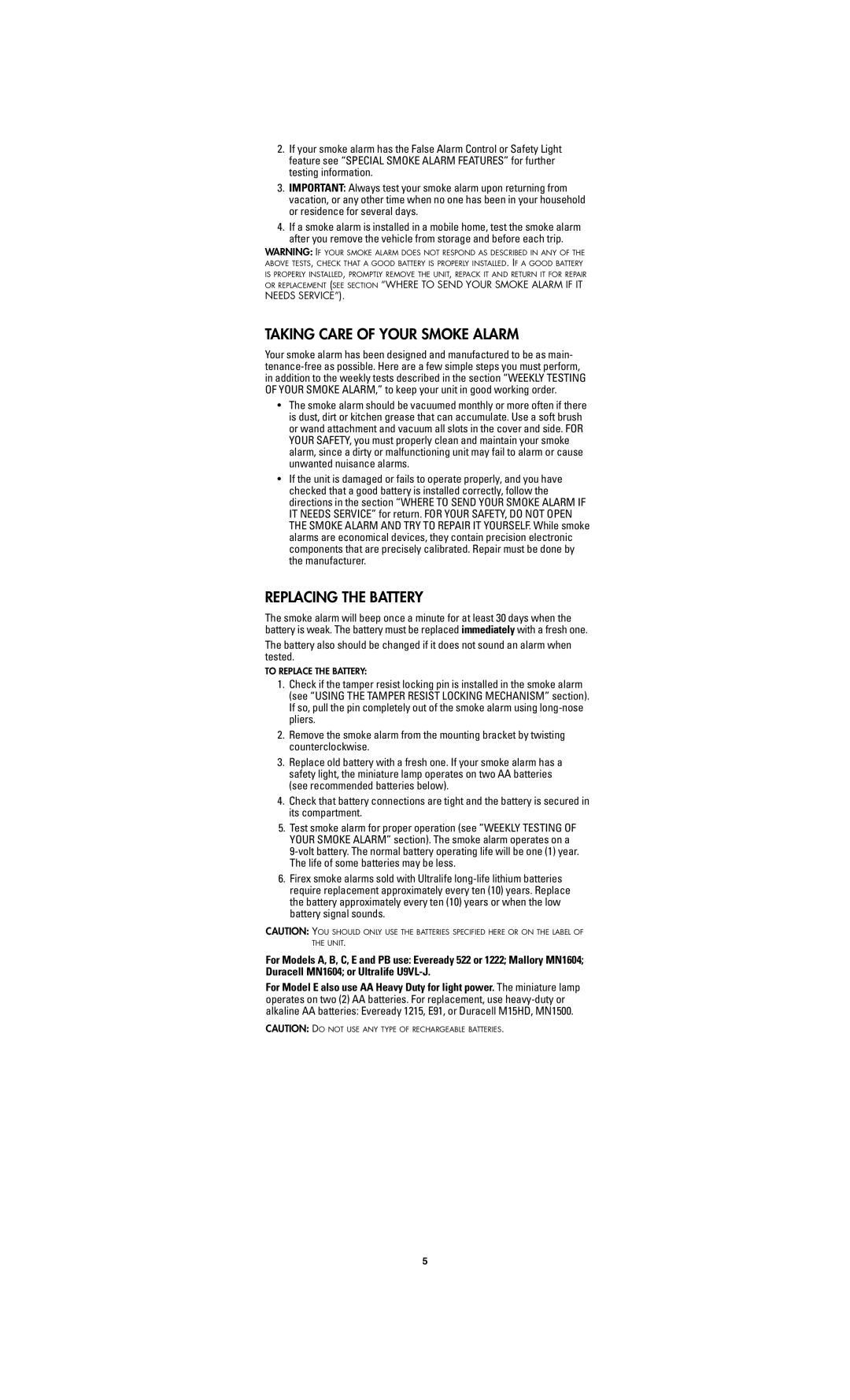B, E and PB, C specifications
Firex is a well-known brand in the area of fire safety, and its product line includes fire extinguishers classified as B, C, E, and PB types. These extinguishers are designed to combat specific classes of fires, and understanding their features, technologies, and characteristics is vital for effective fire safety management.Fire extinguishers classified as B are intended for use on flammable liquids such as oils, gasoline, and other solvents. They typically utilize foam, dry chemical, or carbon dioxide (CO2) agents to smother the flames, creating a barrier between the fuel and the oxygen. The foam works to create a blanket over the burning liquid, while dry chemicals interrupt the chemical reaction. This makes B-class extinguishers essential in environments like workshops, garages, and kitchens where flammable liquids are commonly present.
C-class extinguishers are specifically designed for electrical fires. As these fires involve energized electrical equipment, using water or other conductive agents can pose a severe risk of electrocution. C-class extinguishers typically contain non-conductive agents, such as CO2 or dry chemical agents, which can put out the fire without conducting electricity. They are crucial for protecting technology-heavy environments like data centers, server rooms, and industrial applications.
E-class extinguishers are intended for use on fires ignited by combustible metals, such as magnesium, sodium, and potassium. These fires behave differently from typical fires and require specialized extinguishing agents like dry powder that can effectively smother the flames. E-class extinguishers are often found in chemical plants and metal manufacturing facilities, offering vital protection for highly reactive materials.
PB extinguishers, or portable extinguishers, encompass a variety of designs that ensure ease of access and usability. These extinguishers are lightweight and compact, making them ideal for residential, commercial, and industrial settings. The key features of PB extinguishers include ergonomic handles for easy operation, simple instructions for use, and portable sizes that allow for quick deployment during emergencies.
Overall, Firex B, C, E, and PB extinguishers play critical roles in fire safety. Their specialized designs cater to specific fire types, ensuring that appropriate measures can be taken swiftly when needed. Understanding these different classes allows individuals and organizations to make informed decisions about fire safety equipment, empowering them to protect lives and property effectively. Investing in the right type of Firex extinguisher enhances readiness against potential fire hazards wherever they may occur.

